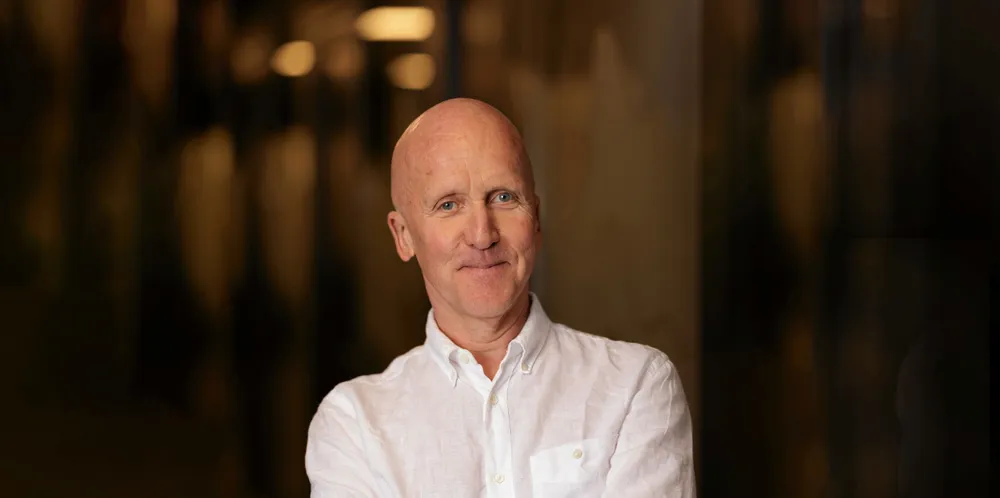Atle Eide: Salmon farming is becoming Norway's 'lost opportunity'
If biological challenges continue, it will soon be more cost-effective to produce salmon on land, says SalMar Aker Ocean chairman.

If biological challenges continue, it will soon be more cost-effective to produce salmon on land, says SalMar Aker Ocean chairman.
